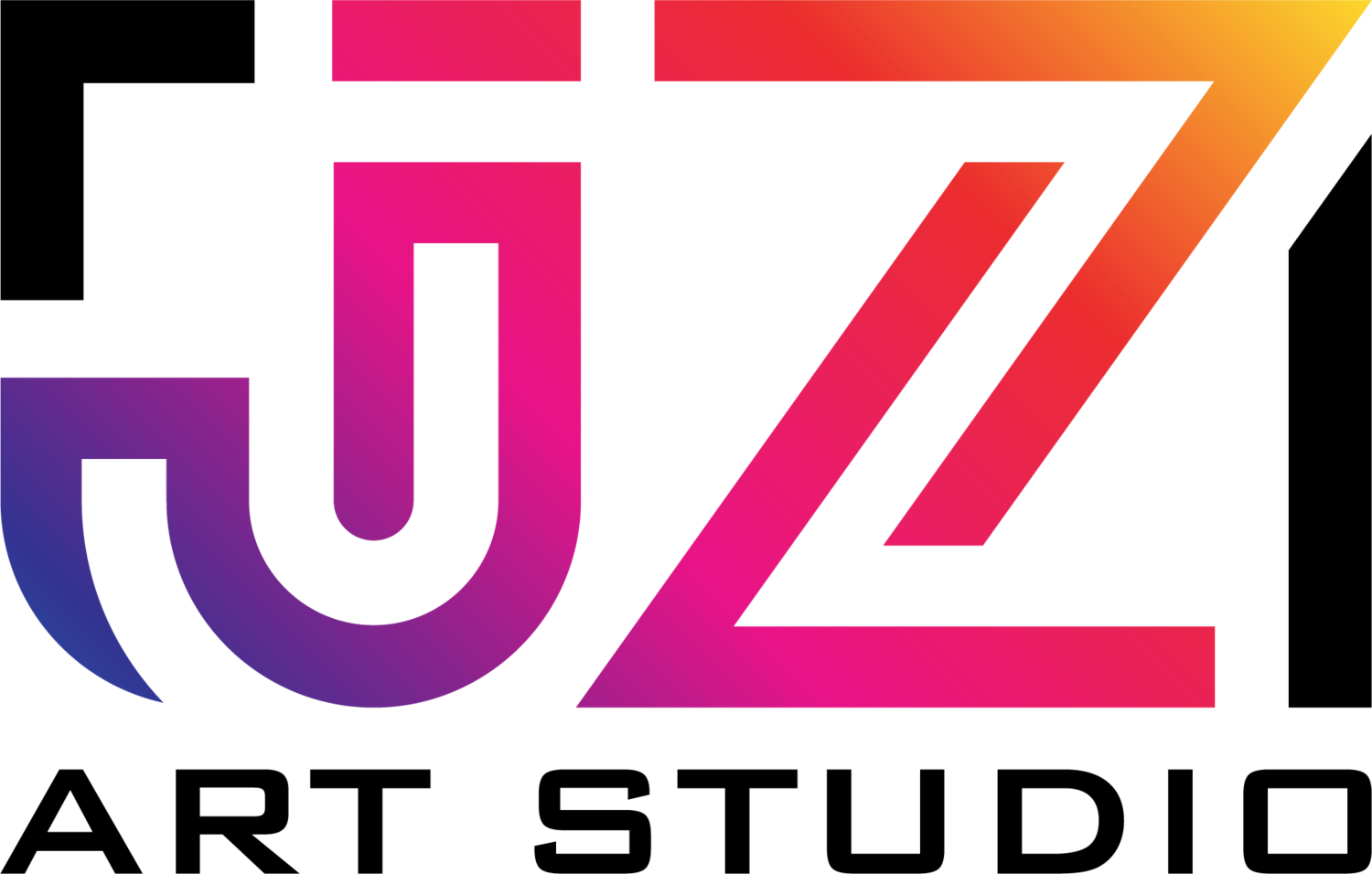digital art
Digital art refers to artwork created using digital technology, such as computers, tablets, and specialized software. It encompasses a wide range of artistic styles, techniques, and mediums, from digital painting and drawing to 3D modeling, animation, and interactive installations. Here are some key aspects of digital art:
Mediums and Tools: Digital artists use a variety of digital mediums and tools to create their artwork. This may include digital drawing tablets, styluses, graphic design software such as Adobe Photoshop, Illustrator, Corel Painter, or specialized 3D modeling and animation software like Blender, Maya, or ZBrush.
Techniques and Styles: Digital art encompasses a diverse range of techniques and styles, including digital painting, illustration, photo manipulation, collage, vector art, pixel art, digital sculpture, animation, and interactive media. Artists can explore endless possibilities and experiment with different styles and techniques in the digital realm.
Flexibility and Versatility: Digital art offers artists unparalleled flexibility and versatility in their creative process. Artists can easily undo mistakes, experiment with different color palettes and textures, and work in layers to achieve complex compositions. Digital tools also allow for precise control over details and the ability to work quickly and efficiently.
Accessibility and Distribution: Digital art can be easily shared, distributed, and reproduced in digital formats, making it accessible to a global audience through online platforms, social media, websites, and digital galleries. Artists can reach a wider audience and connect with fellow artists, collectors, and enthusiasts from around the world.
Interactivity and Multimedia: Digital art often incorporates interactivity and multimedia elements, blurring the boundaries between traditional art forms and technology. Artists may create interactive installations, virtual reality experiences, augmented reality artworks, or multimedia performances that engage viewers in immersive and dynamic ways.
Collaboration and Community: Digital art fosters collaboration and community among artists through online forums, social networks, and collaborative platforms. Artists can collaborate on projects, share resources, provide feedback, and participate in online communities dedicated to digital art, fostering a sense of camaraderie and mutual support.
Innovation and Experimentation: Digital art encourages innovation and experimentation, pushing the boundaries of artistic expression and exploring new possibilities offered by digital technology. Artists can explore new techniques, push the limits of software capabilities, and challenge traditional notions of art and aesthetics.
Overall, digital art represents a dynamic and rapidly evolving field that continues to redefine the boundaries of artistic expression, creativity, and innovation in the digital age. It offers artists endless possibilities for experimentation, collaboration, and engagement with audiences in the ever-expanding digital landscape.
